Introduction: The Golden Question
Gold’s enduring appeal lies in its dual nature—both a tangible asset and a financial instrument responsive to global economic shifts. In 2025, the world grapples with persistent inflation, fluctuating interest rates, geopolitical unrest, and evolving monetary policies. These factors create a dynamic environment where gold’s price trajectory could swing dramatically. Will it soar to new heights, retreat from recent peaks, or stabilize in a holding pattern? To answer this, we must dissect the drivers of gold prices, examine market signals, and synthesize forecasts from leading analysts.
Table of Contents
Factors Influencing Gold Prices
Gold prices don’t move in a vacuum; they’re shaped by a complex interplay of economic, political, and psychological forces. Let’s break down the key drivers:
1. Inflation and Inflation Expectations
Gold shines brightest during inflationary periods. When the cost of goods and services rises, fiat currencies lose purchasing power, prompting investors to turn to gold as a hedge. Inflation expectations—anticipations of future price increases—also play a pivotal role. As InvestingHaven notes, “Inflation expectations is THE fundamental driver of gold.” In 2025, with inflation lingering above central bank targets in many economies, gold’s appeal remains strong.
2. Interest Rates
The relationship between interest rates and gold is inverse. Low interest rates, as set by central banks like the Federal Reserve, reduce the opportunity cost of holding non-yielding assets like gold, boosting its attractiveness. Higher rates, however, can dampen demand, as investors seek yield elsewhere. Goldman Sachs observes, “Gold usually trades closely in line with interest rates.” With speculation of rate cuts in 2025, gold could see upward momentum.
3. Geopolitical Tensions
Uncertainty breeds demand for safe-haven assets. Geopolitical events—wars, trade disputes, or political instability—drive investors to gold. In 2025, ongoing trade tensions between major economies and regional conflicts are likely to bolster gold’s status as a refuge.
4. Central Bank Policies
Central banks are major players in the gold market. Their purchases or sales of gold reserves can significantly sway prices. Recent years have seen a surge in central bank buying, with over 1,000 tonnes acquired annually since 2022, per the World Gold Council. Goldman Sachs highlights, “Central bank purchases have been a powerful force, resetting the level of gold prices higher since 2022.” This trend is expected to persist, supporting price growth.

5. US Dollar Strength
Gold is priced in US dollars, so the dollar’s value inversely affects gold prices. A weaker dollar makes gold more affordable for foreign investors, pushing prices up. A stronger dollar, conversely, can suppress them. With the dollar’s trajectory uncertain in 2025 amid trade and policy shifts, this factor remains a wildcard.
6. Market Sentiment and Technicals
Investor psychology and speculative trading often amplify gold’s price movements. Technical analysis—chart patterns, support levels, and momentum indicators—guides short-term predictions. Social media buzz, like posts on X, reflects bullish sentiment, with traders eyeing breakouts and rallies.
Current Market Trends: A Snapshot
As of mid-2025, gold has already notched impressive gains. Spot gold recently hit a record $3,007.08 per ounce, driven by a confluence of supportive factors. Here’s a closer look at the trends shaping the market:
Price Performance
- Year-to-Date: Gold is up over 26% in 2025, its best annual performance since 2010.
- Recent Highs: The climb to $3,007.08 reflects strong demand amid economic and geopolitical headwinds.
Central Bank Demand
Central banks remain voracious buyers, with 2024 purchases exceeding 1,000 tonnes for the third straight year. This sustained appetite signals confidence in gold’s long-term value, providing a price floor.
Technical Signals
Analysts point to bullish chart patterns. Gold’s breakout in June 2024, followed by a 7% rally in three weeks, has traders anticipating a similar move. X posts suggest gold is “setting up for a strong rally over the coming weeks and months,” with targets near $3,500.
Investor Sentiment
Retail and institutional investors alike are optimistic. Social media chatter on X highlights gold’s potential to climb higher, fueled by expectations of lower interest rates and persistent uncertainty.
Predictions for Gold Prices in 2025
Forecasting gold prices requires balancing data, trends, and expert opinions. Below, we’ve compiled predictions from reputable sources, presented in a clear table for easy reference.
Table: Gold Price Predictions for 2025
| Source | Year-End 2025 Prediction | Key Drivers |
|---|---|---|
| InvestingHaven | $3,265 | Inflation expectations, central bank buying, geopolitical risks |
| LiteFinance | $3,000 – $3,200 | Moderate growth, technical patterns, investor sentiment |
| Goldman Sachs | $3,100 | Central bank demand, lower rates, ETF inflows |
| J.P. Morgan | $3,000 | Trade tensions, political uncertainty, central bank purchases |
| WalletInvestor | $3,126 | Steady uptrend, minor pullbacks, bullish momentum |
| Gov Capital | $4,813 | High volatility, long-term growth potential |
| UBS | $2,950 | Economic stabilization, central bank policies |
| Commerzbank | $2,600 | Potential rate hikes in 2026, easing inflation |
Breaking Down the Forecasts
- Bullish Bets: InvestingHaven ($3,265), Goldman Sachs ($3,100), and Gov Capital ($4,813) lead the optimistic camp, citing inflation, central bank support, and volatility. Gov Capital’s outlier at $4,813 assumes a dramatic surge, possibly tied to a crisis event.
- Moderate Views: LiteFinance ($3,000-$3,200) and WalletInvestor ($3,126) predict steady gains, aligning with technical trends and cautious optimism.
- Conservative Takes: UBS ($2,950) and Commerzbank ($2,600) foresee limited upside or a decline, factoring in potential economic recovery or rate hikes.
Expert Quotes: Voices of Authority
To deepen our analysis, here are insights from industry experts:
- InvestingHaven: “Our gold price prediction for the coming years remains firmly bullish. Some periods of weakness characterized by gold price pullbacks can be expected. Gold price targets: $3,265 in 2025, near $3,805 in 2026, peak gold price prediction of $5,155 by 2030.”
- Goldman Sachs: “The price of the precious metal is predicted to climb a further 8% to $3,100 a troy ounce by the end of 2025, underpinned by higher-than-expected demand from central banks.”
- J.P. Morgan: “Gold’s diverse and fluid demand drivers mean it has risen in both periods of falling and rising U.S. yields and is well placed to act as a hedge for political uncertainty in 2025.”
- LiteFinance: “According to WalletInvestor’s forecast, gold will see a steady but moderate upswing in 2027. The asset will start trading at $2,962.68 in January and close at $3,126.02 in December.”
Social Media Buzz: The Pulse of the Market
Platforms like X offer real-time sentiment from traders and enthusiasts:
- One user posted, “Gold is on the brink of a major breakout. Gold broke out in the last days of June and rallied nearly 7% within less than 3 weeks. Since November 2024, gold was forming pretty similar pattern and I expect gold to breakout by the end of the present week and rally 7% towards $2,850.”
- Another wrote, “Gold is setting up for a strong rally over the coming weeks and months. However, once it tops, I expect Fibonacci 38% to 50% retracement from 2022 low and coming 2025 high.”
This grassroots optimism complements formal forecasts, suggesting a broad consensus on gold’s upward potential.
Potential Scenarios for 2025
Gold’s path isn’t set in stone. Here are three plausible scenarios:
1. Bullish Surge
- Triggers: Escalating geopolitical crises, deeper rate cuts, and surging inflation.
- Outcome: Gold could exceed $3,500, with outliers like Gov Capital’s $4,813 in play if conditions intensify.
- Likelihood: High, given current trends.
2. Stable Range
- Triggers: Balanced economic growth, stable rates, and easing tensions.
- Outcome: Prices hover between $2,800 and $3,000, with minor fluctuations.
- Likelihood: Moderate, if uncertainties subside.
3. Bearish Dip
- Triggers: Robust economic recovery, aggressive rate hikes, or a dollar rally.
- Outcome: Prices could slide below $2,500, aligning with Commerzbank’s view.
- Likelihood: Low, barring unexpected shifts.

FAQ: Your Gold Questions Answered
1. What drives gold prices?
Gold prices hinge on inflation, interest rates, geopolitical events, central bank actions, dollar strength, and market sentiment.
2. Is gold a good investment in 2025?
Yes, for diversification and hedging against uncertainty, though it depends on your risk profile and goals.
3. How can I invest in gold?
Options include physical gold (coins, bars), gold ETFs, mining stocks, or futures/options trading.
4. What’s the long-term outlook for gold?
Analysts see prices climbing to $4,000-$5,000 by 2030, driven by structural demand and economic risks.
5. How do rate changes impact gold?
Lower rates boost gold by reducing holding costs; higher rates can suppress it by favoring yield-bearing assets.
Conclusion: A Balanced Perspective
Gold prices in 2025 are poised for an intriguing journey. The bullish case—fueled by inflation, central bank buying, and geopolitical unease—suggests prices could breach $3,000 and climb higher, potentially nearing $3,500 or beyond. Yet, risks like rate hikes or economic stabilization could temper this ascent, pulling prices back toward $2,600-$2,800. The most likely outcome, based on current data, leans bullish, with gold consolidating recent gains before pushing to new highs.





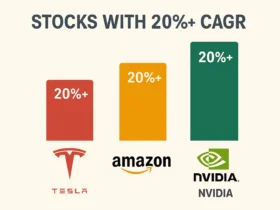


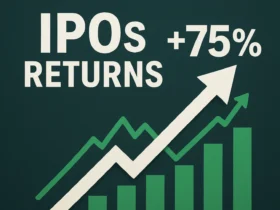
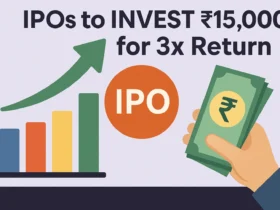








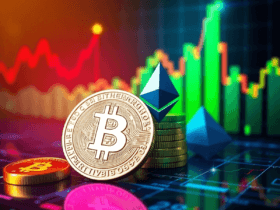
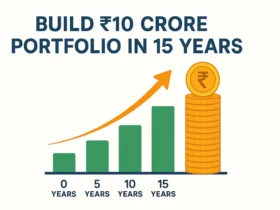
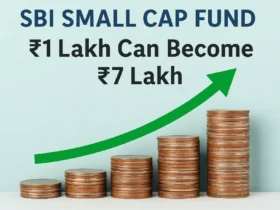
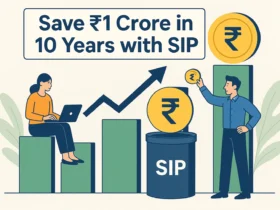
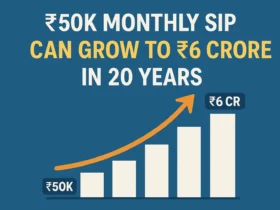
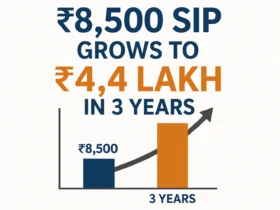

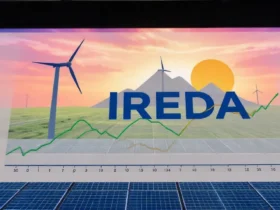

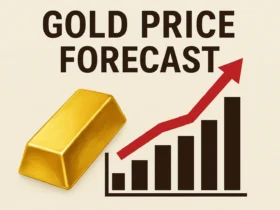
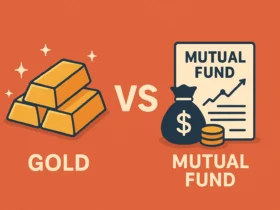
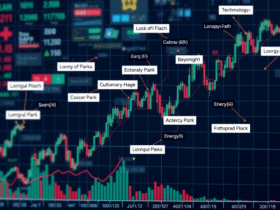
Leave a Reply